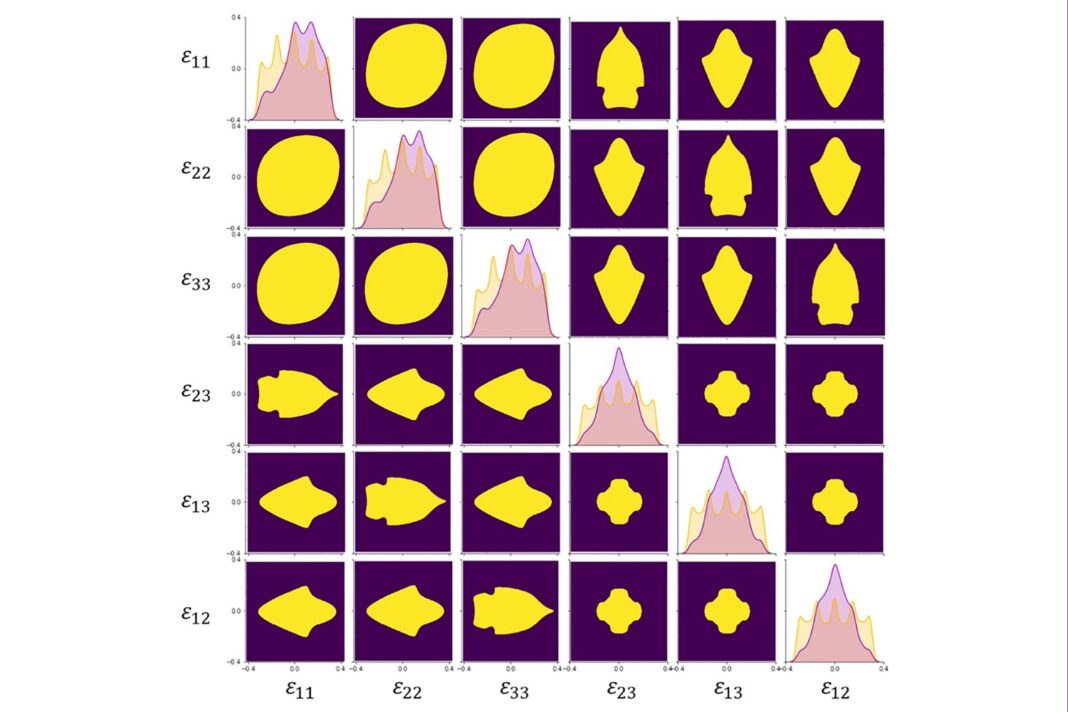In Short:
A team of MIT researchers led by Ju Li has developed a map using machine learning to show how to apply elastic strains to crystalline materials for specific thermal and electronic properties. By changing strains, properties like thermal conductivity can be improved or worsened. This discovery could lead to faster, cooler computer chips, quantum sensors, and communication devices in the future. The research was funded by several organizations.
MIT Researchers Develop Map for Tuning Material Properties
Scientists have long known that materials behave differently at micro- and nano-scales, with surprising properties emerging when applying elastic strains. Recently, a team of MIT researchers led by Ju Li has created the first-ever map on how to fine-tune crystalline materials to achieve specific thermal and electronic properties.
Understanding Elastic Strains
Using a combination of first principles calculations and machine learning, the researchers described a framework to adjust elastic strains and residual stress to enhance properties like thermal and electrical conductivity in materials. This breakthrough was detailed in a paper published in PNAS.
Ju Li stated, “For the first time, we’ve delineated the complete boundary of ideal strength using machine learning, creating a map for electronic and phononic properties.” This approach allows exploring various materials beyond traditional methods of altering chemistry.
Small Strains, Big Benefits
Building on previous research from the 1980s, where a 1% strain doubled semiconductor performance, recent studies have shown that materials like diamond can withstand up to 10% strain reversibly. Machine learning was crucial in analyzing the effects of strain on properties as strain in materials can exist in a six-dimensional space.
This study showcased the ability to significantly alter diamond’s semiconductor properties by using elastic strains. Ju Li compared diamond to “Mt. Everest of electronic materials” and highlighted the substantial impact of strain engineering on its properties.
New Applications and Future Implications
These findings open doors to exploring exotic material properties such as reduced thermal conductivity and superconductivity, holding potential for next-generation computer chips, quantum sensors, and communication devices. The ability to manipulate a material’s thermal conductivity will be crucial as semiconductor architectures become denser.
Although the research lays a solid foundation for advancements in technology, further development is required before this technology can be integrated into mainstream devices. The study was supported by various funding bodies including the National Science Foundation and MIT Vannevar Bush Professorship.




